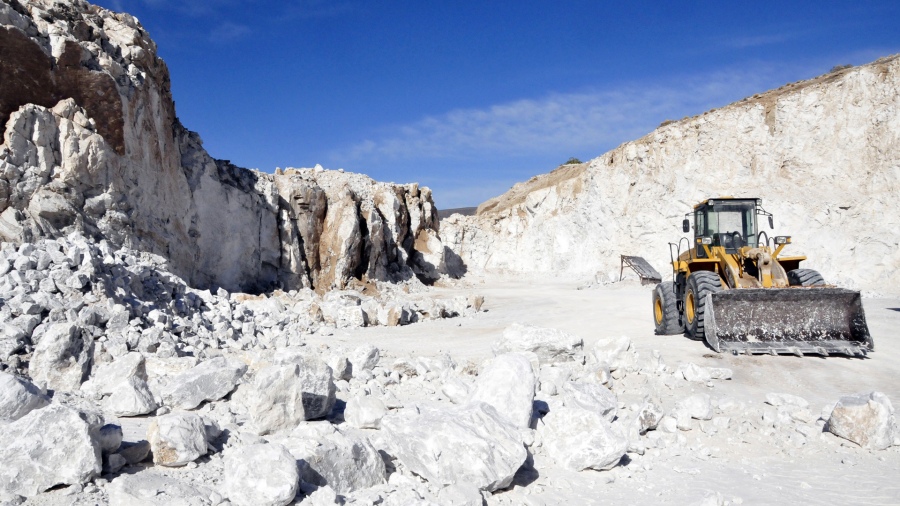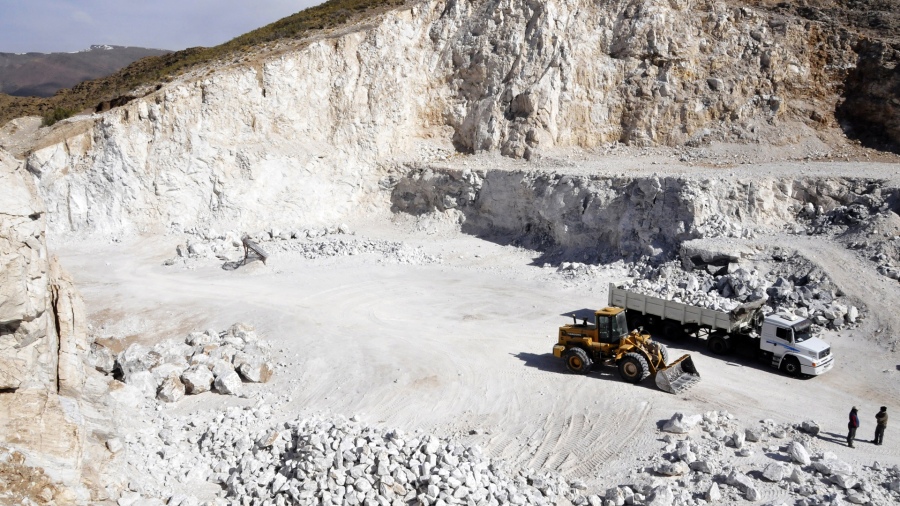 Lithium mining in Argentina has 10 projects under development.
Lithium mining in Argentina has 10 projects under development.
Lithium mining in Argentina has 10 projects under development, in different stages of progress, which will allow production to be progressively increased to 262,000 tons per yearand turn the country into the second global supplier of this mineral in 2025.
With two projects in commercial operation, Salar de Olaroz, in Jujuy of the Australian company Allkem (merger of Galaxy Resources and Orocobre); and Fénix in Catamarca, of the American Livent, Argentina is currently the fourth world producer of lithium (LCE), behind Australia, Chile and China; and above Brazil and Zimbabwe.
With a projection for the end of 2022 of 60 thousand tons of lithium carbonate destined for the external marketthe country could progressively increase its production up to 262,000 tons per year in 2025a period in which it is expected that the expansions of the two ventures that are already in operation and the other eight in the construction stage will come into operation.
In addition, there are 35 projects in feasibility, pre-feasibility, preliminary economic evaluation and advanced exploration stages.whose income in construction and production, even if partial, would generate an exponential economic impact on production, exports and employment
The survey of the Argentine Chamber of Mining Entrepreneurs (CAEM) and the Ministry of Mining, also contemplates an escalation of the price driven by policies that encourage electric mobility, increasing the demand for batteries.
Lithium is not a commodity, but its price is defined in private contracts where factors such as purity determine its sale price. Two years ago it was US$7,000 and today it is around US$70,000, an exponential rise that also includes higher logistics costs.
 The project will gradually increase production to 262,000 tons per year.
The project will gradually increase production to 262,000 tons per year.
In Argentina, due to the type of resource available, after an important period of exploration and feasibility study, a project requires 2 to 3 years to be built, and once in production, another 3 years to reach full capacitywhich allows projecting the entry into operation of each undertaking.
In this schedule, the first novelty is expected for December this year in Caucharí-Olaroz, in Jujuy, where the construction of the project carried out by the Chinese firm Ganfeng Lithium and the American Lithium Americas is progressing, with an estimated capex of US$ 741 million for the production of 40,000 tons of LCE.
The project
Already for 2023 and 2024, the entry into operation of the expansions of the two projects currently in production is expected.
This is the Salar de Olaroz, which with the start of its second stage in development, will allow reaching a total investment of US$ 330 million to increase production from 20,000 to 50,000 tons of LCE.
The second expansion underway is the Fénix, which in successive stages will advance from the current 20,000 tons to a range of between 40,000 and 60,000 tons per year in 2025, with an investment of US$ 640 million.
Added to this latest initiative is the possibility of building a lithium hydroxide plant that would raise the investment above US$ 1,000 million.
The fourth outstanding project is that of Centenario Ratones, in the province of Saltawhose reactivation by the French company Eramet materialized this year with the construction of the plant, with an investment of US$ 600 million and a production projection of 24,000 tons of LCE.
In Catamarca, the Sal de Vida project of the Allkem mining companyhas already made progress in awarding contracts to local companies for soil movement and construction of pools for a new lithium extraction and refining plant, with an initial investment of US$170 million and 25,000 tons of lithium available after its start-up.
Also in Catamarca, the Tres Quebradas project of the Chinese mining company Zijin Mining Group stands out, which together with the Argentine company Saxum Engineered Solutions, foresees the development of the homonymous salt flat with an investment of US$ 370 million and progressive production estimates from 20,000 to 40,000 annual tons.
Then Salta is positioned with four projects in the beginning of construction, within the 10 most advanced of the so-called lithium triangle.
 It will allow the country to become the second global supplier of this mineral in 2025.
It will allow the country to become the second global supplier of this mineral in 2025.
The first of them is the Mariana project of the Ganfeng Lithium mining companya company that plans to develop, along with the production of an initial 20,000 tons of lithium, an off-grid solar park of 120 MW and 288 MW of battery storage, and expansions to 150 MW and 360 MW, with an announced investment of US$ 600 million.
Also in Salta, the Korean mining company Posco began the construction of a plant to which it will add the next phases of renewable energies with investments of US$ 800 million and a production of 25,000 tons of lithium hydroxide per year, with the possibility of increasing it in a second and third phase to 100,000 tons.
In Salta, also, in the Salar de Rincónthe US mining company Rio Tinto, advances with the development of an investment of US$ 190 million to develop a pilot plant and subsequent commercial plant for a projected production of 25,000 tons of lithium carbonate.
Finally, also in Salta, the Australian Argosy Minerals progresses with the Rincón Litio project, which advances with its pilot plant, thinking of producing an initial 10,000 tons of carbonate in the future.
All these projects will seek to satisfy a growing demand for the mineral, particularly from Asia (China, Japan, South Korea) as the main center of consumption, which currently accounts for almost 70% of lithium at the aggregate level, and more than 90% if consider only what is used for the manufacture of batteries.
At the end of the first half of the current year, the destination of Argentine lithium production was oriented 33% to China, 24% to Japan, 14% to Korea and 7% to the United States.


